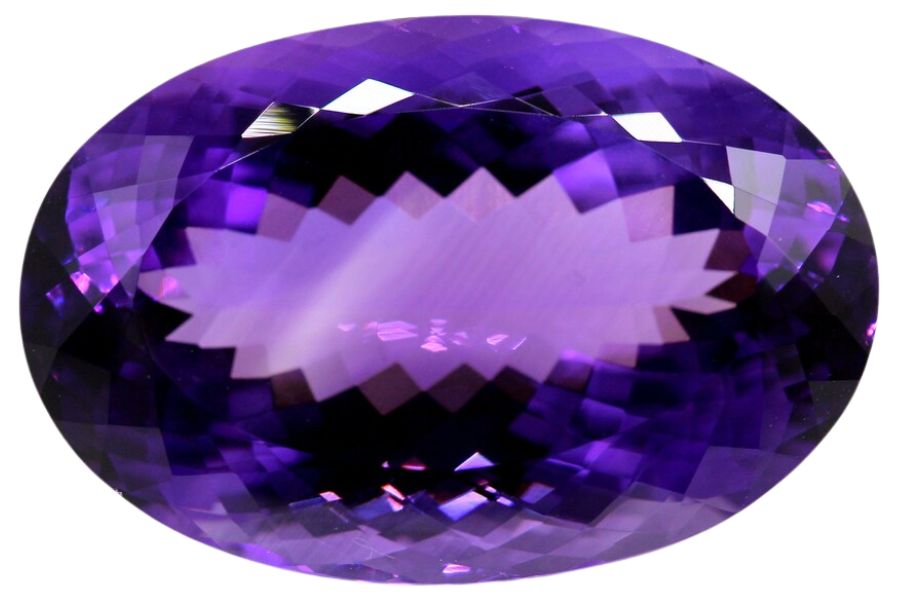When people think of amethyst, they often picture a lovely purple stone, but what color is amethyst beyond that common hue? The truth is, these gems can vary from deep purple to a light, pinkish violet.
Different factors like iron impurities and exposure to radiation can influence the shade of an amethyst. This means that every stone has a unique color profile, making each one special in its own way.
We’ll be exploring the other colors that amethyst comes in. From pale lilacs to rich purples, there’s a whole spectrum of hues to appreciate and understand in these beautiful stones.
The Most Common Amethyst Color
Amethyst is famous for its stunning purple color, which can range from a light lavender to a deep violet. This color makes amethyst one of the most recognized and beloved gemstones in the world.
The formation of amethyst is a fascinating process that occurs deep within the Earth. It begins as a clear quartz, which forms when silicon and oxygen combine under heat and pressure in the Earth’s crust.
These two elements then crystallize from mineral-rich solutions in a process that can take thousands of years.
The Different Colors Of Amethyst
Amethyst is a fascinating gemstone known for its purple shades, each bringing its own charm and appeal. This variety in color makes amethyst a favorite among gem enthusiasts and collectors.
The colors of amethyst are influenced by various factors during its formation. Elements like iron and the amount of radiation it’s exposed to play a big role in determining the final hue of the stone.
While amethyst is generally purple, you’ll see the distinctions in the different shades once you look more closely.
Pale Lilac
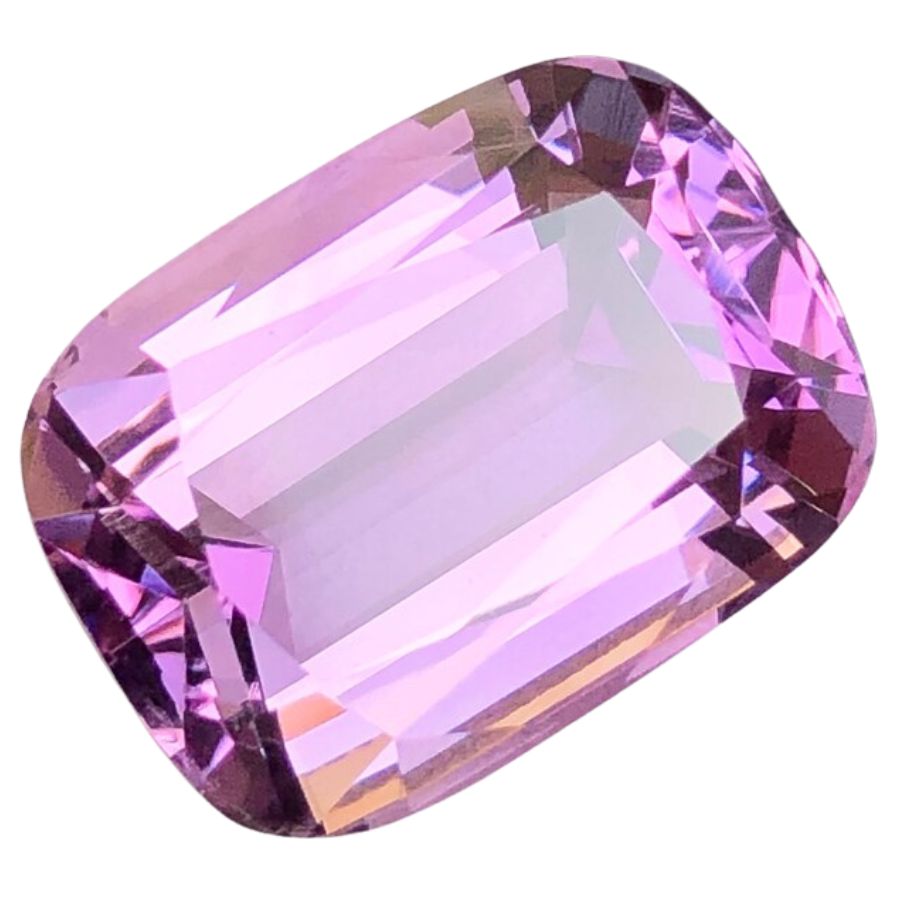
Pale lilac amethyst is a specific shade of the well-known amethyst, recognized for its soft, gentle pinkish color. Unlike its deeper purple counterparts, this variety has a muted lilac hue, making it distinct and visually soothing.
The color of pale lilac amethyst is notable for its subdued, pastel tone that sets it apart from the vibrant purples typically associated with amethyst. Its hue, intensity, and clarity can vary slightly, but it consistently maintains a delicate presence.
Within this specific shade, you might notice a range from a nearly colorless light lilac to a more pronounced pale violet. In general, pale lilac amethysts lack the intense saturation found in darker amethysts.
For enthusiasts keen to see this and other varieties in their natural setting, consider looking into the best rockhounding locations. These spots often offer a chance to see the beautiful range of intensity and hues of pale lilac amethyst firsthand.
Lavender
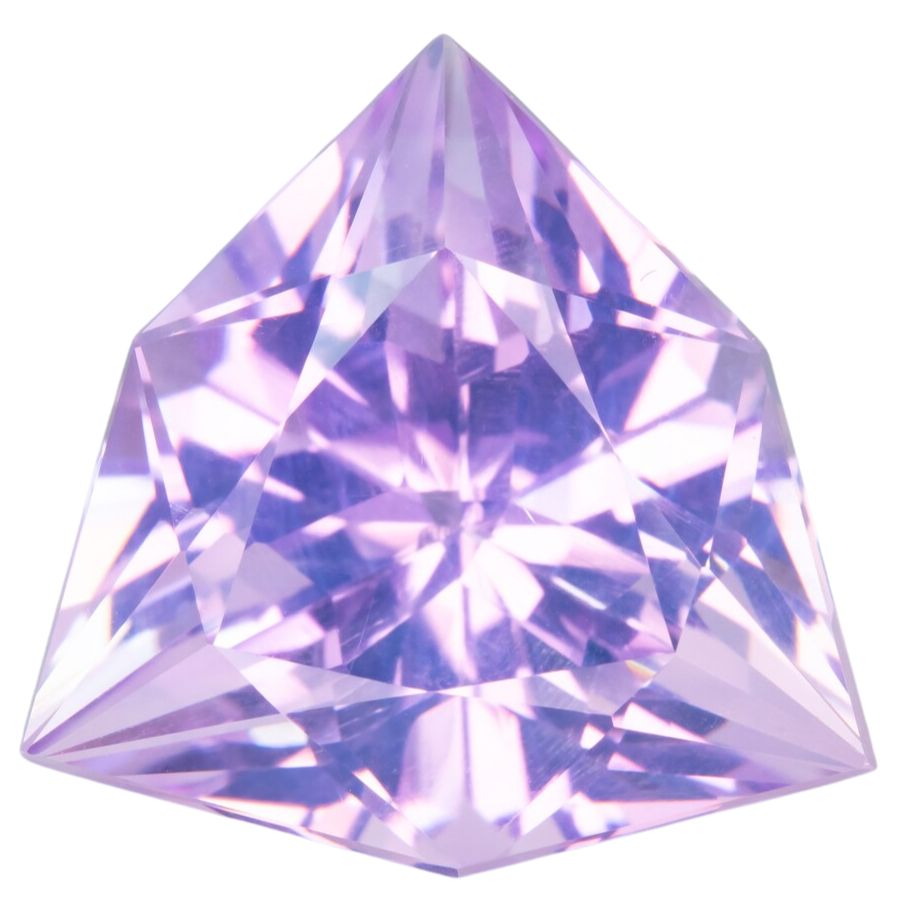
Lavender amethyst is a unique shade of the amethyst family, showcasing a light purple color that’s reminiscent of lavender flowers.
This variant stands out due to its lighter hue, differing from the often more saturated purples found in other amethysts.
The color intensity of lavender amethyst is typically soft and subdued, providing a lighter option in the spectrum of purple stones. Its hue and clarity can vary, but it retains a consistent, pastel lavender tone.
The color can range from a very light, almost pinkish purple to a more defined lavender shade.
Grape
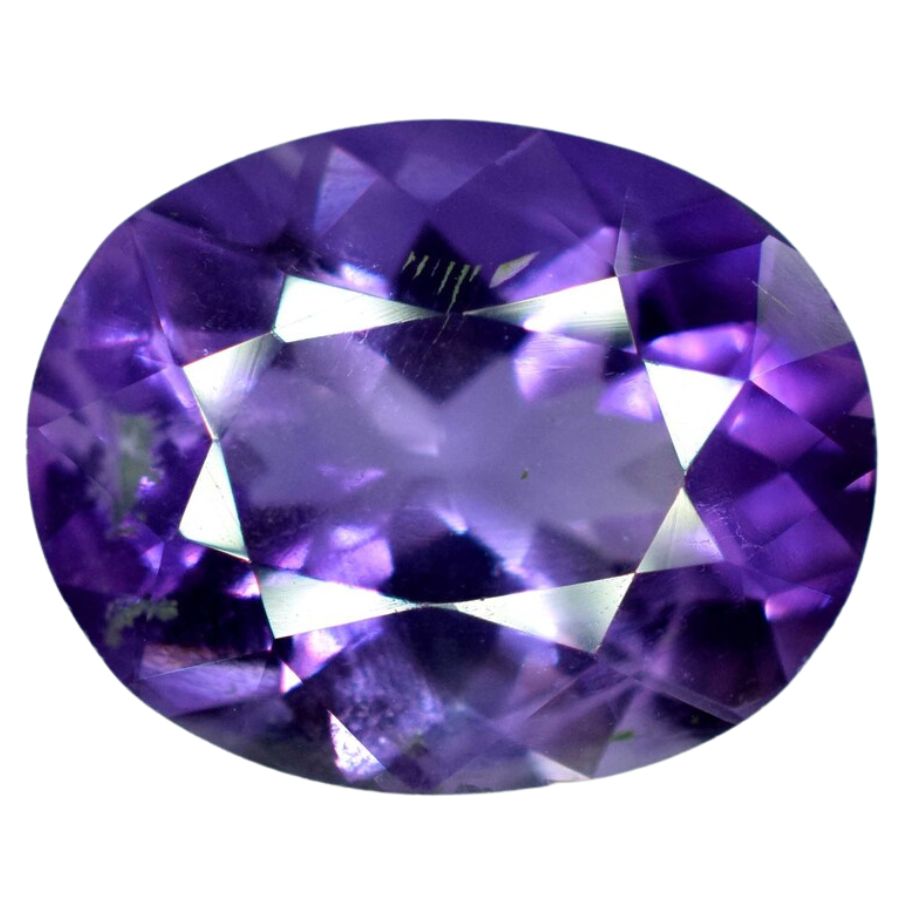
Grape amethyst is known for its deep, rich purple that resembles the color of grape skins. Among amethyst colors, this shade is particularly noted for its bold and vibrant hue.
The color intensity of grape amethyst is typically strong and vivid, reflecting a deep purple that’s more saturated than other variants. Its hue and clarity are robust, embodying the lushness and depth of ripe grapes in every stone.
Grape amethyst can display a range of purple tones from a medium-dark to a very deep purple, almost black in some lights.
Violet
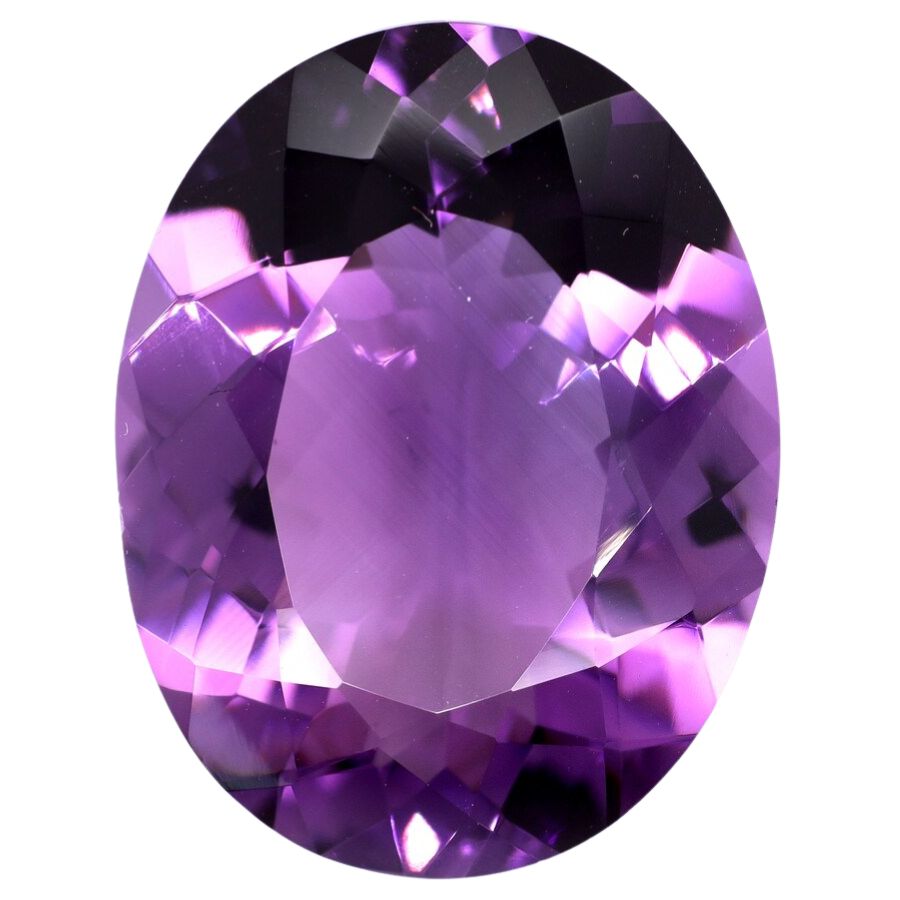
Violet amethyst is a beautiful shade of quartz that ranges from a light lavender to a deep violet. The unique violet color of amethyst is due to impurities found in the quartz, along with exposure to natural radiation.
Some violet amethysts be a bit lighter, while others are dark and close to true violet, showing a wonderful range of shades.
When it comes to understanding how much is amethyst worth, the value can vary widely depending on the color intensity, clarity, and cut of the stone.
Generally, the deeper and clearer the violet, the more valuable the amethyst, with the highest quality stones being quite sought after and priced accordingly.
Indigo
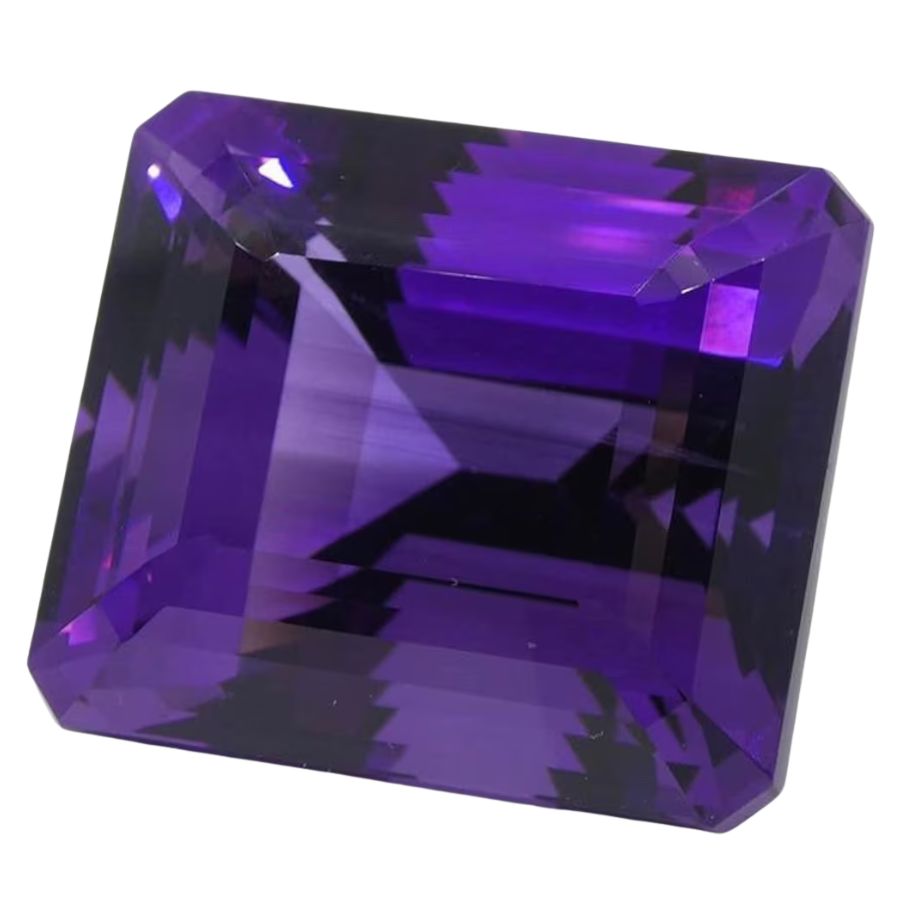
Indigo amethyst stands out with its deep blue-purple hue. Its name comes from the color’s resemblance to the deep blue dye of the indigo plant.
This variety of amethyst is known for its intense and deep color, which can range from a rich purplish-blue to a nearly solid indigo.
The range of intensity in indigo amethyst can vary, offering a spectrum from lighter blue-purple shades to very dark, almost midnight-like hues. However, it has a consistent blue tint.
Royal Purple
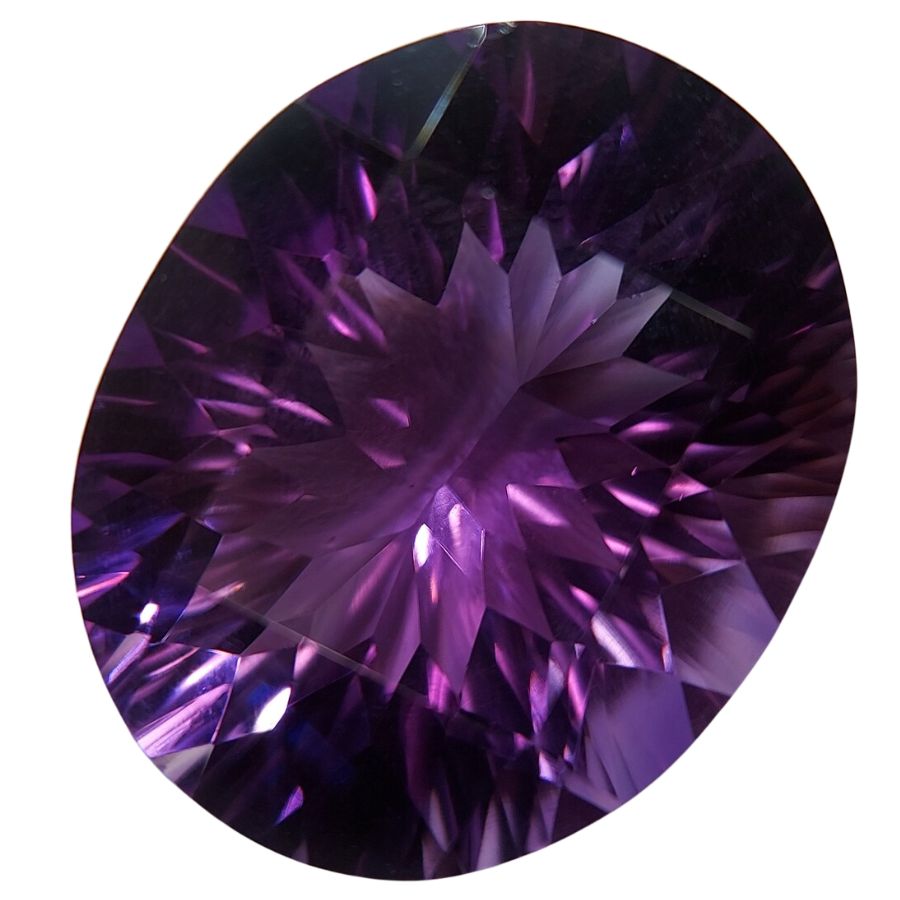
Royal purple amethyst is a luxurious and intense variety of the color amethyst, known for its deep, rich purple hue. This shade is often associated with royalty and opulence, setting it apart from lighter or more muted amethyst colors.
The color intensity of royal purple amethyst is typically very high, displaying a deep and saturated purple that catches the eye. Its hue is consistent and bold, providing a clarity that makes the color stand out remarkably in any form.
There’s not much variation in the hues in this color of amethyst. You might find variations from a solid, deep purple to slightly lighter or darker shades. However, all maintain the regal, rich essence that defines royal purple.
Purple
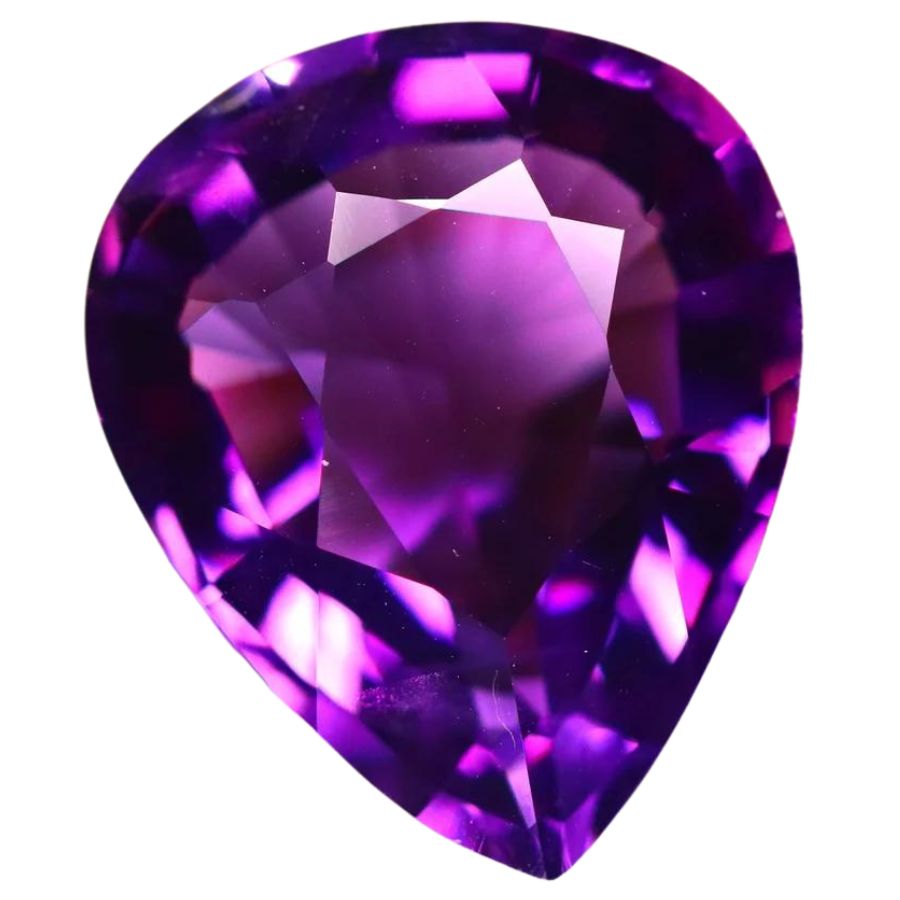
Purple amethyst is a beautiful variety of quartz known for its vibrant purple color. This specific shade is easily recognized and highly sought after for its rich hues and glossy finish.
The color intensity of purple amethyst can vary, ranging from light lavender to a deep, royal purple. Its unique hue is a result of iron impurities within the quartz, and the clarity can range from almost transparent to translucent.
Within the spectrum of purple amethyst, individuals will find a range of shades, each with its own distinct character. From the palest lilacs to the deepest purples, the variety in this gemstone is part of what makes it so special and beloved.
Reddish Purple
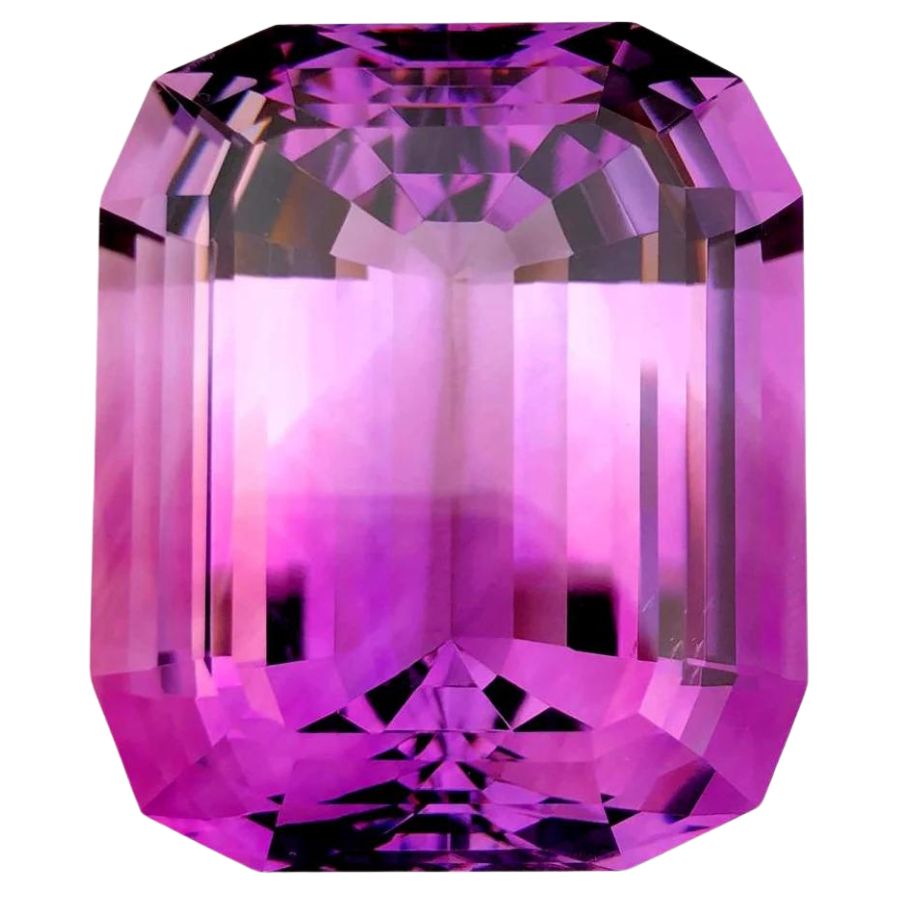
Reddish purple amethyst is a captivating shade within the amethyst family, known for its unique blend of red and purple hues.
The color intensity of reddish purple amethyst can be quite vibrant, showcasing a rich blend that leans more towards violet with noticeable red undertones.
For those interested in seeing the beauty of reddish purple amethyst up close or discovering other varieties, we can give you tips on where to find crystals.
This information can be a great starting point for anyone wanting to explore the colorful world of crystals firsthand.
Rich Purple
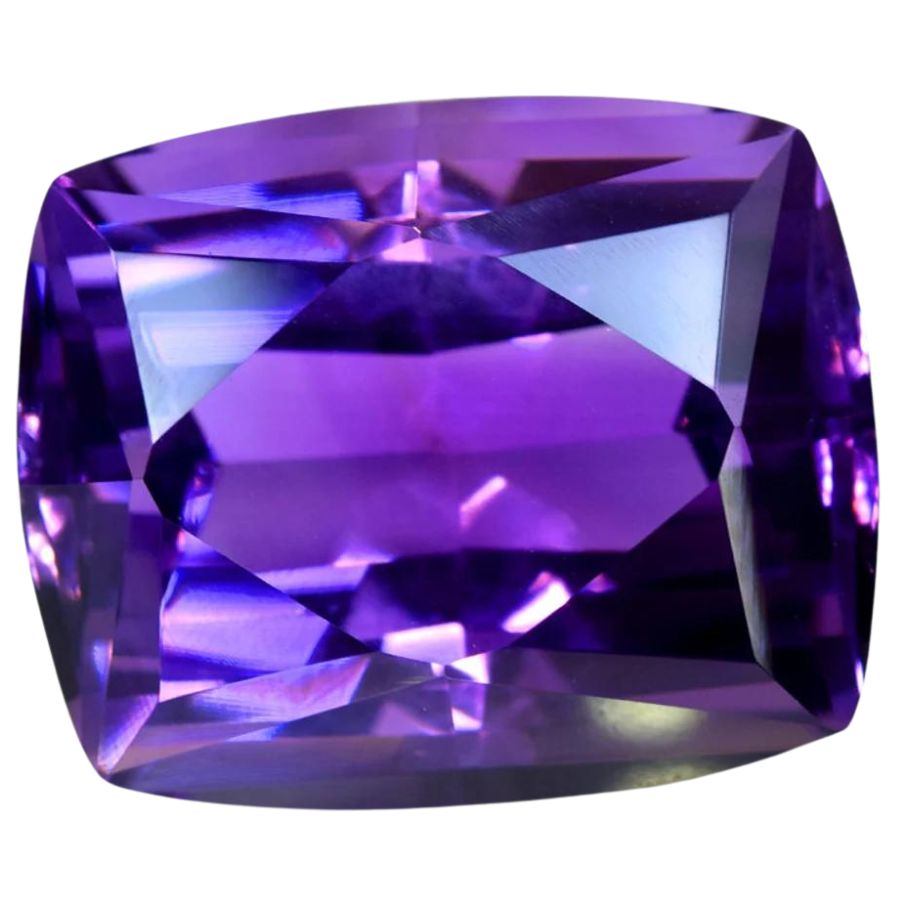
Rich purple amethyst is a distinguished shade of amethyst, celebrated for its deep and vibrant purple color. This variety stands out for its luxurious hue, making it a favorite among different types of amethyst.
The color intensity of rich purple amethyst is striking, with a saturation that brings depth and elegance to the stone.
The hue is a perfect blend of red and blue tones, resulting in a purple that is both deep and vivid, offering exceptional clarity and appeal.
Each stone varies slightly, presenting a unique but consistently rich purple hue that showcases the beauty and versatility of this color.

